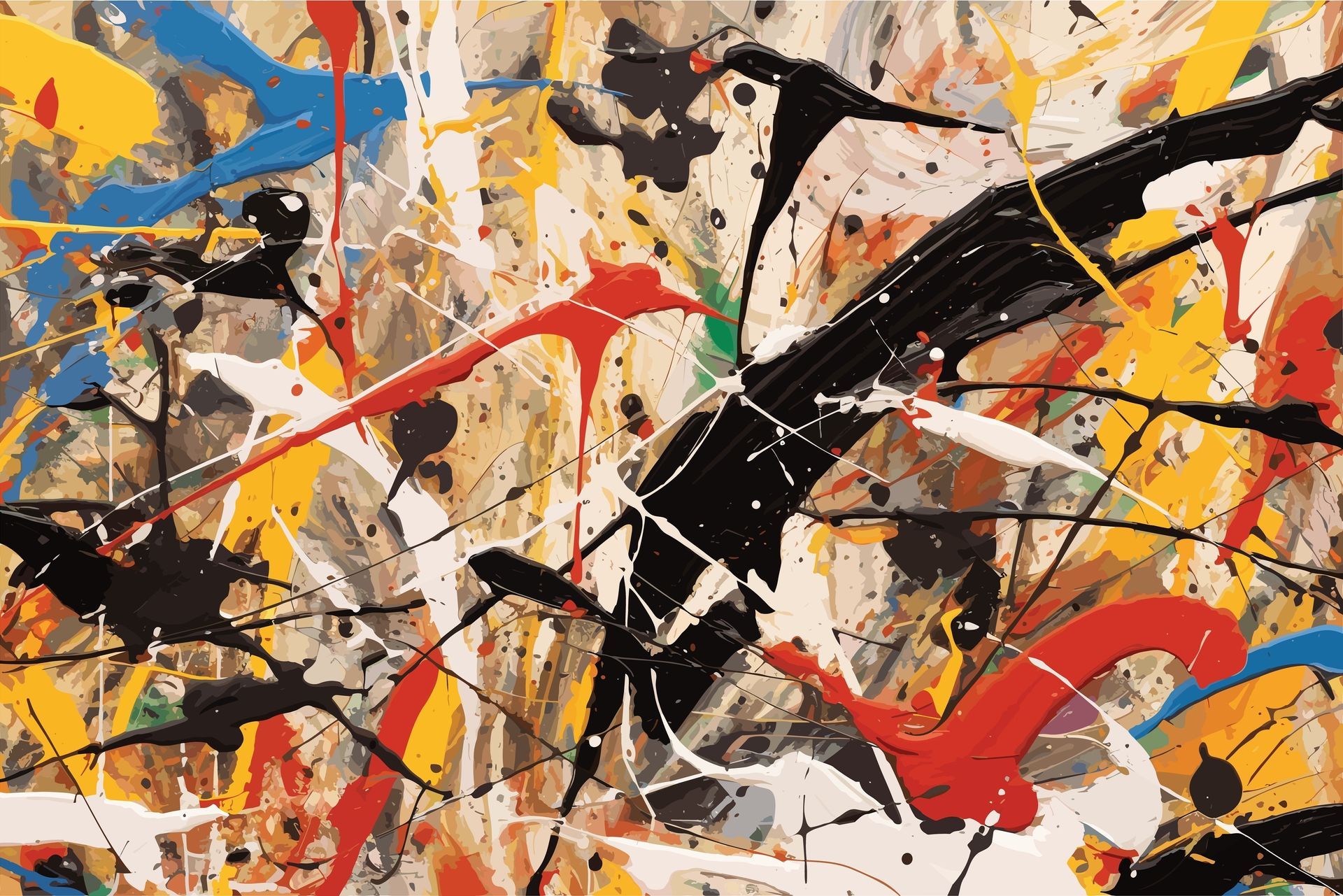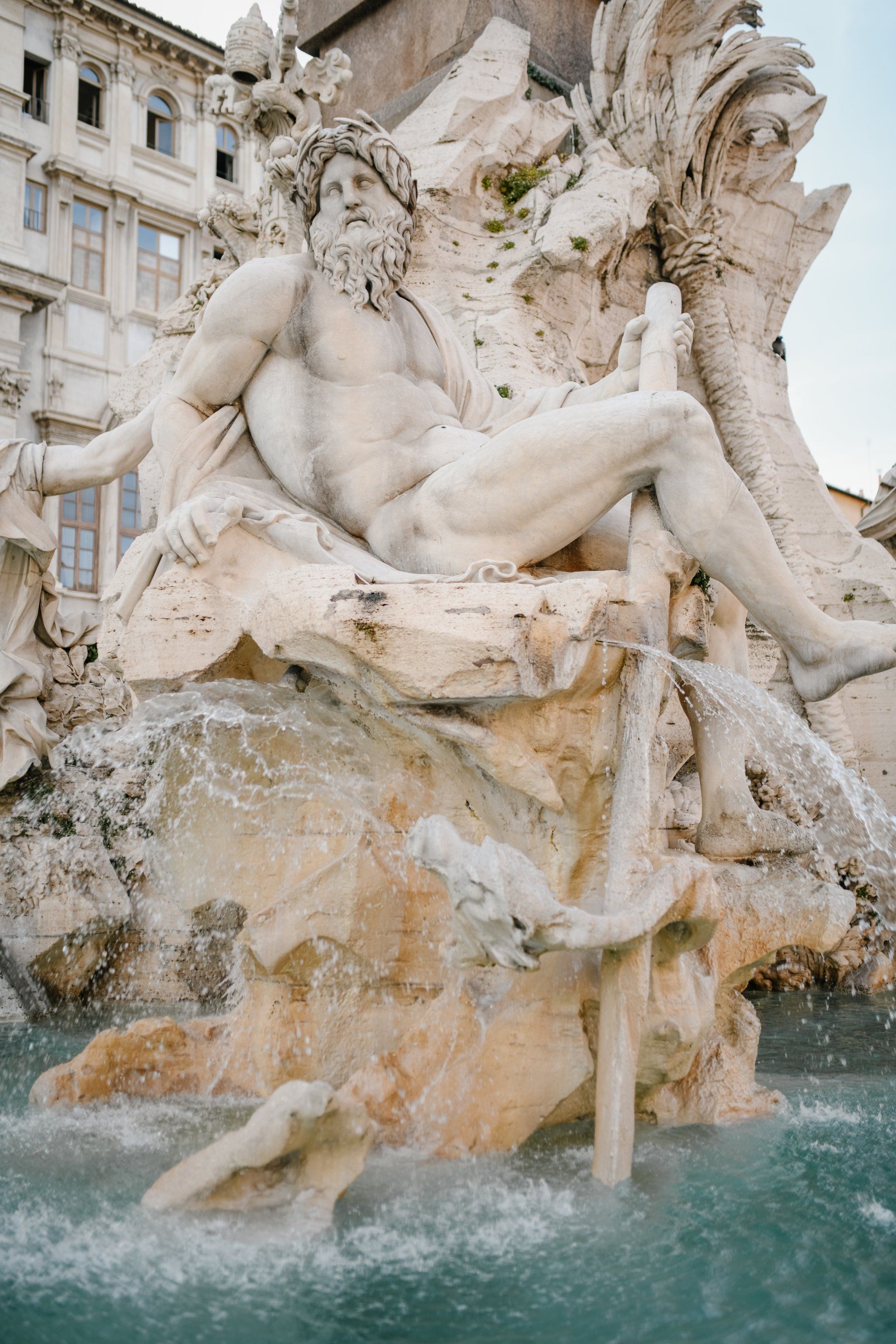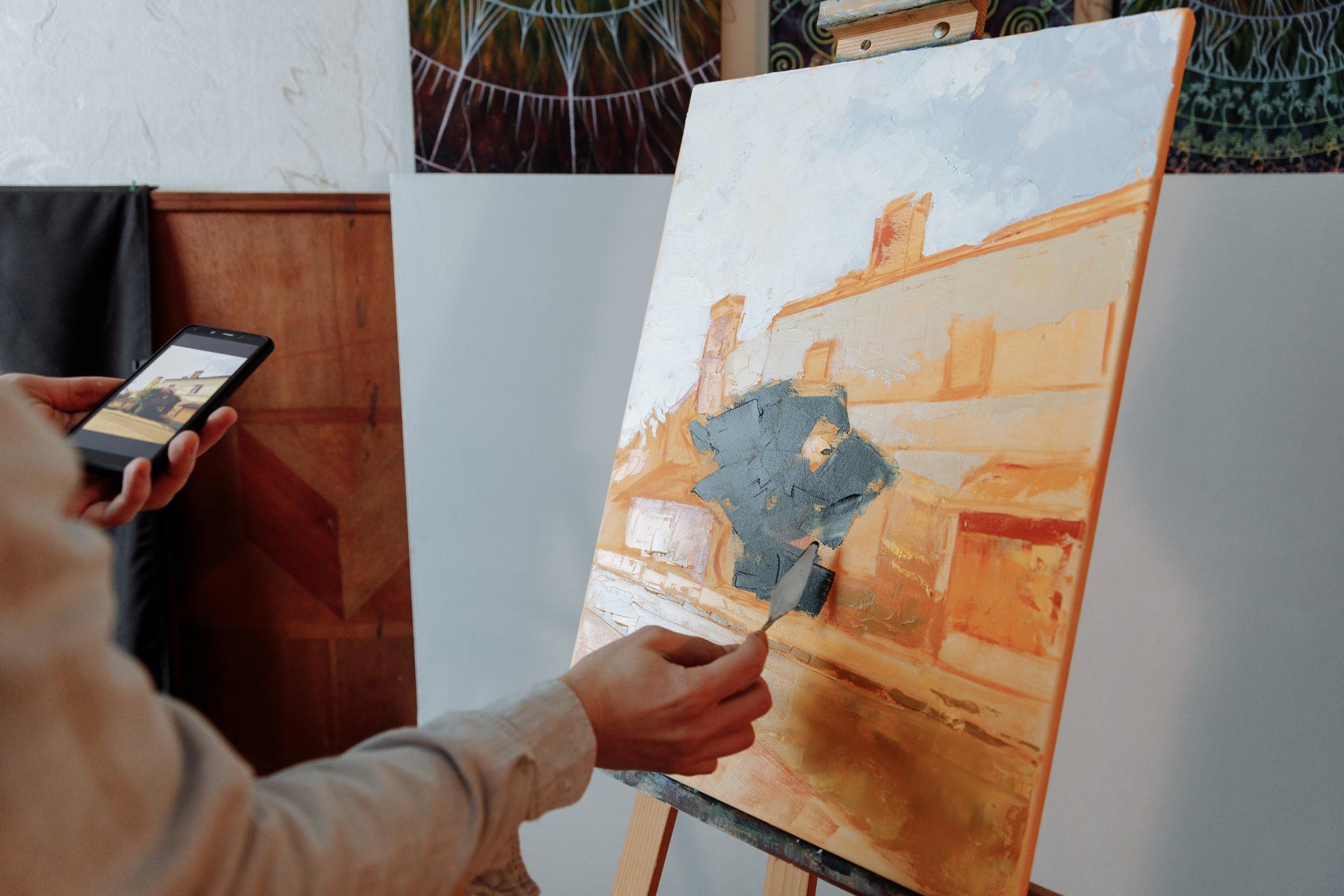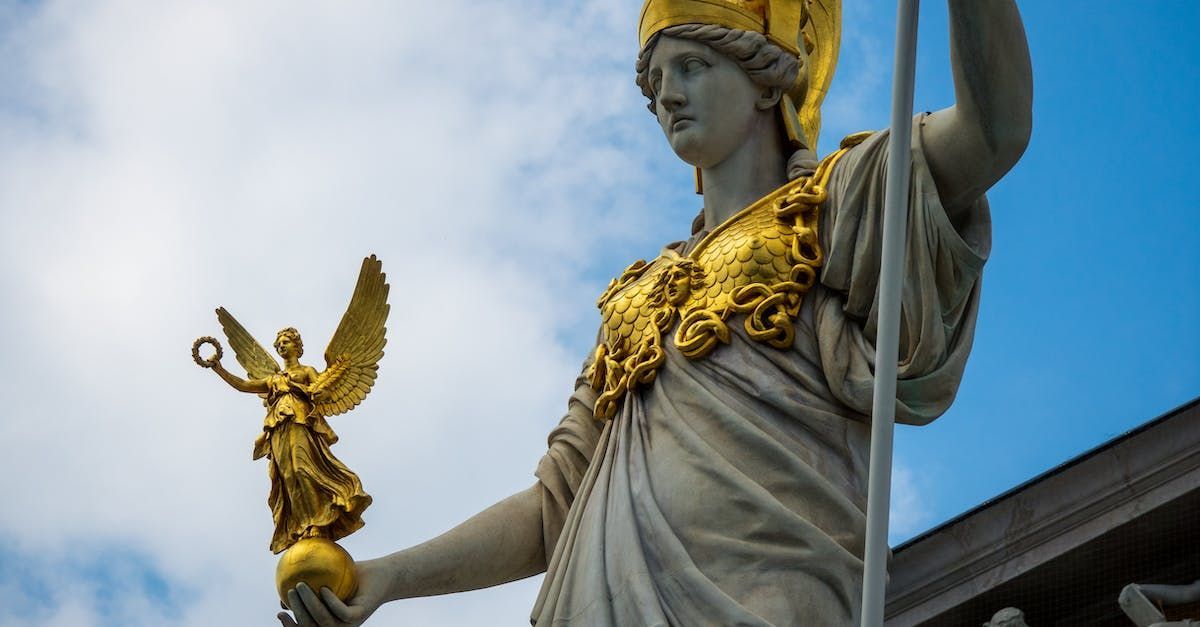Jackson Pollock
The King of Splatter

Jackson Pollock, a prominent artist who lived from 1912 to 1956, made a profound impact on the art world as a key figure in Abstract Expressionism. He revolutionized painting with his distinctive drip and splatter technique, pushing the boundaries of artistic expression. Pollock's artworks, such as "No. 5, 1948," exemplify his unique approach to abstraction. This article delves into Pollock's artistic style, his groundbreaking technique, and the enduring influence of his abstract works.
Distinctive Drip and Splatter Technique:
Jackson Pollock's innovative technique involved the unconventional method of dripping and splattering paint onto a canvas laid on the floor. He abandoned traditional brushwork, favoring spontaneous and gestural movements to create his compositions. Pollock's physical engagement with the canvas resulted in dynamic, energetic, and non-representational artworks that embodied a sense of raw emotion and freedom. His drip and splatter technique allowed for chance and improvisation, challenging the conventions of painting and expanding the possibilities of abstract expression.
Revolutionizing Painting and Abstract Expressionism:
Pollock's groundbreaking technique revolutionized painting and played a crucial role in the development of Abstract Expressionism. His approach defied conventional methods of representation and embraced the power of gesture, emotion, and the subconscious. Pollock's works became a visual manifestation of his inner thoughts and feelings, inviting viewers to interpret and engage with the artwork on a personal and emotional level. His paintings were not mere representations of external reality but expressions of the artist's internal world, marking a significant shift in the trajectory of modern art.
"No. 5, 1948" and Unique Approach to Abstraction:
"No. 5, 1948" is a prime example of Jackson Pollock's unique approach to abstraction. This iconic artwork, created through his signature drip and splatter technique, features layers of dripped and poured paint that coalesce to form intricate webs of color and texture. The absence of recognizable forms invites viewers to explore the painting's depth and complexity, allowing for subjective interpretations. "No. 5, 1948" stands as a testament to Pollock's ability to create evocative and visually captivating compositions that transcend traditional boundaries of representation.
Enduring Influence:
Jackson Pollock's impact on the art world extends far beyond his lifetime. His innovative technique and groundbreaking approach to abstraction continue to influence and inspire artists today. Pollock's emphasis on spontaneity, gesture, and the exploration of the subconscious opened up new avenues for artistic expression. His contributions to Abstract Expressionism paved the way for subsequent generations of artists to experiment with unconventional methods and push the boundaries of traditional art forms. Pollock's legacy as a pioneer of abstract art remains firmly rooted in the art historical canon, marking him as a transformative figure in the evolution of modern art.
Jackson Pollock's distinct drip and splatter technique and his contributions to Abstract Expressionism have left an indelible mark on the art world. Through his innovative approach to abstraction, Pollock revolutionized painting and expanded the possibilities of artistic expression. His artworks, including "No. 5, 1948," exemplify his unique style and continue to captivate viewers with their dynamic energy and emotional resonance. Pollock's enduring influence on subsequent generations of artists underscores his significance as a trailblazer in modern art, challenging conventions and encouraging a deeper exploration of the expressive potential of painting.











